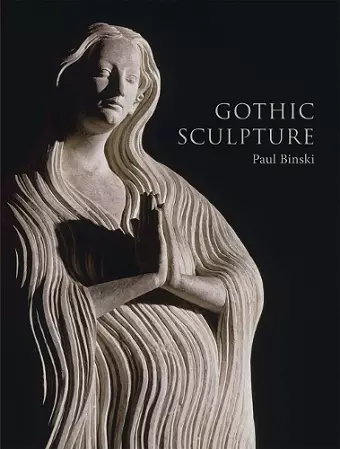Gothic Sculpture
Format:Hardback
Publisher:Yale University Press
Published:14th May '19
Should be back in stock very soon

In this beautifully illustrated study, Paul Binski offers a new account of sculpture in England and northwestern Europe between c. 1000 and 1500, examining Romanesque and Gothic art as a form of persuasion. Binski applies rhetorical analysis to a wide variety of stone and wood sculpture from such places as Wells, Westminster, Compostela, Reims, Chartres, and Naumberg. He argues that medieval sculpture not only conveyed information but also created experiences for the subjects who formed its audience. Without rejecting the intellectual ambitions of Gothic art, Binski suggests that surface effects, ornament, color, variety, and discord served a variety of purposes. In a critique of recent affective and materialist accounts of sculpture and allied arts, he proposes that all materials are shaped by human intentionality and artifice, and have a “poetic.” Exploring the imagery of growth, change, and decay, as well as the powers of fear and pleasure, Binski allows us to use the language and ideas of the Middle Ages in the close reading of artifacts.
Published in association with the Paul Mellon Centre for Studies in British Art
“[An] erudite and wide-ranging study” —Susan Jenkins, Country Life
“Profound and brilliant”—Pierre-Yves Le Pogam, Burlington Magazine
“Binski’s book is not intended to be a survey and is instead the exposition of a deeply pondered and highly personal consideration of the art of European sculpture between around 1000 and 1500 as a form of persuasion”—David Ekserdjian, Evening Standard
ISBN: 9780300241433
Dimensions: unknown
Weight: unknown
296 pages